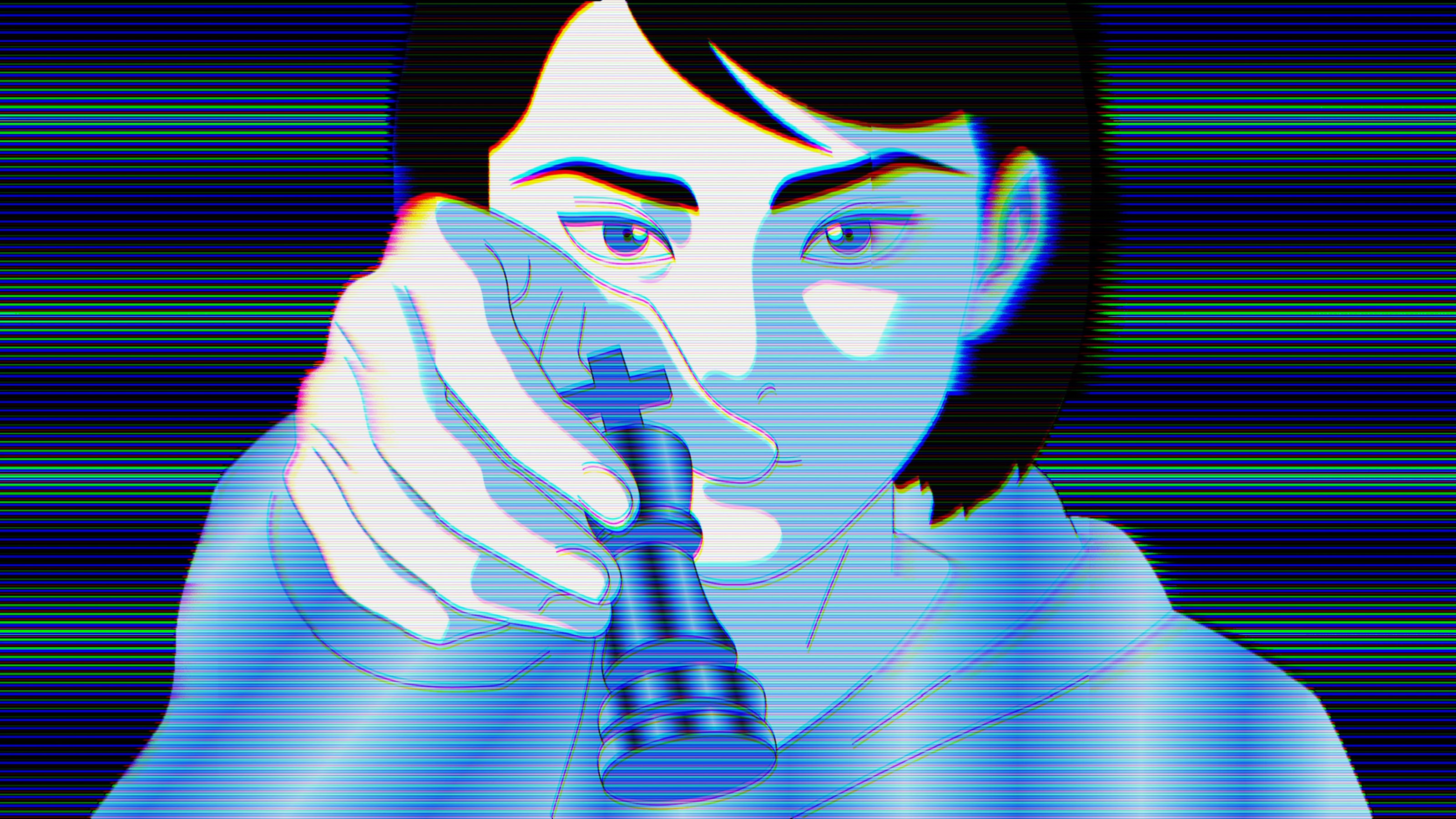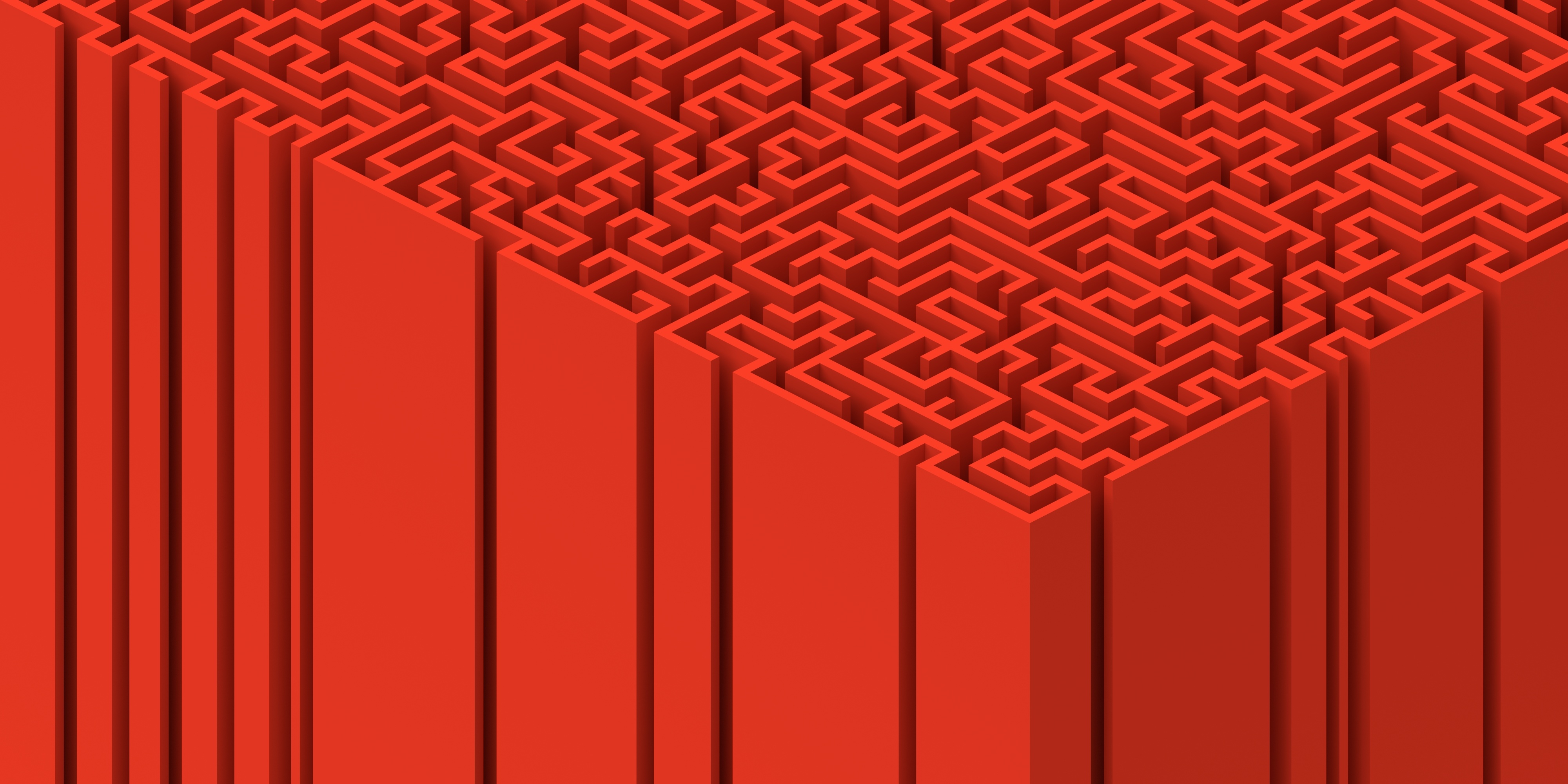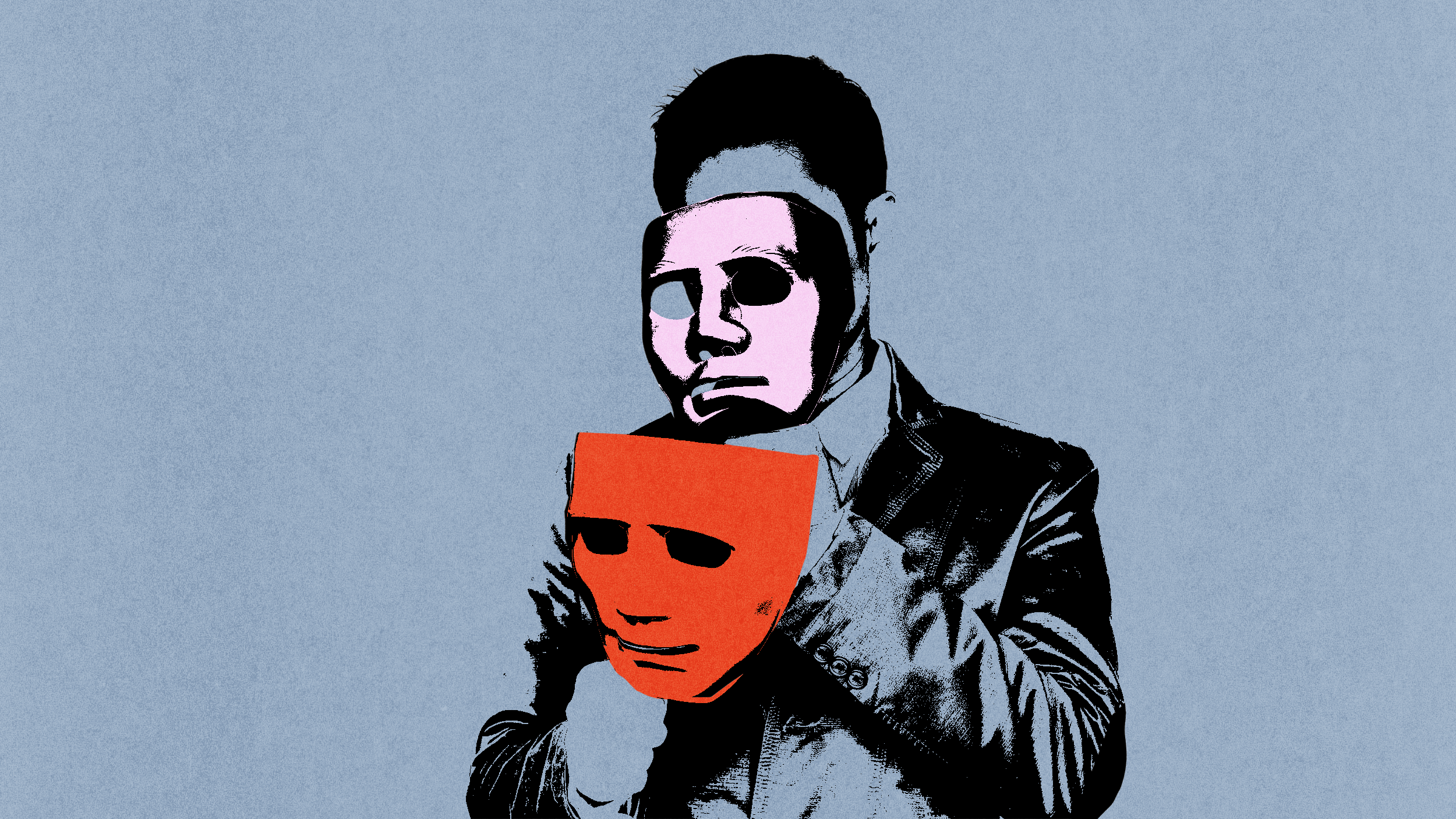Sign up for the Smarter Faster newsletter
A weekly newsletter featuring the biggest ideas from the smartest people
Physicist Brian Cox takes us into the mind-bending world where quantum mechanics, black holes, and the future of computing converge.
In this interview, Cox shares the engineering challenges behind building quantum computers and the intricate dance of storing information in their notoriously delicate memory. However, black holes have an unexpected link to quantum information storage. Cox discusses how Planck units, holography, and redundancy could shape the future of computing.
It is a mind-expanding discussion that pushes the boundaries of our understanding. Even Cox says, “You’re not meant to understand what I’ve just said because I don’t understand what I’ve just said because nobody understands what I’ve just said.”
Welcome to the frontier where nature’s laws and technological innovation collide.
BRIAN COX: There's an engineering challenge in building quantum computers, which is how to store information in the memory of the quantum computer safely, robustly, because quantum computer memory is notoriously susceptible to any interference from the outside environment. If any of the environment in which the memory sits interacts with the memory in any way, then the information is destroyed.
And there are deep problems associated with the fact that you can't copy information in quantum mechanics, which is basically the way that your iPhone, or whatever it is, stores information and prevents errors entering into the memory of the computers that we're all familiar with; it's basically copying information. You can't do that in quantum mechanics. So it's a tremendous challenge.
Engineers have had to develop very clever algorithms and ways of trying to store information in quantum computer memory and build the memory such that it's resilient to errors. And it turns out that the solutions that are being proposed and explored look like the solutions that nature itself uses in building space and time from the quantum theory that lives on the boundary. It's really strange.
The remarkable thing for me is an intimate relationship between If we go back right to the beginning of the work on black holes in the 1970s, Jacob Bekenstein, the colleague of Stephen Hawking's actually, one of the first researchers to really begin working on black holes alongside greats like John Wheeler.
Bekenstein noticed in a simple calculation that you can answer the question, "How much information can a black hole store?" That's a strange thing to say because the model of a black hole is pure geometry, pure spacetime. Now, how does something store any information? You need some structure. You need atoms or something that can store bits of information. Well, turns out that you can calculate that a black hole stores in bits. The information content is equal to the surface area of the event horizon in square Planck units.
What's a Planck unit? It's a fundamental distance in the Universe that you can calculate by putting together things like the strength of gravity, Planck's constant, the speed of light. It's the smallest distance that we can talk about sensibly in physics as we understand it. The questions it raises: How is information stored? Why is the information content of a region of space equal to the surface area surrounding that region rather than the volume?
If I asked you, how much information can you store in your room, the room that you're sitting in now, just say it's a library, then you would say, "Well, it's to do with how many books I can fit in the room." But black holes seem to be telling us that there's something about the surface surrounding a region. This is the first glimpse, I think, of an idea called holography. What is that?
So if you think about what a hologram is, at the very simplest level, it's a piece of film. But that piece of film contains all the information to make a three-dimensional image. It's the idea that there are different descriptions of our reality. There's one description, which is that we live in this space, the three dimensions of space, and time is a thing that ticks, and Einstein told us that they're kind of mixed up, but still you have this picture of space being this, right, the thing in which we exist.
There's an equivalent description for a very specific model called by a physicist called Maldacena, which is a dual theory that lives purely on the boundary of the space and the space itself in the interior of this region. So it's strongly suggestive that there's a deeper theory of our experience of the world, of space and time, that does not have space and time in it.
And that's one of the wonderful surprises that's really emerged from the study of black holes and the attempt to answer the very well-posed questions. I should say that the work done by Maldacena was purely mathematical. It wasn't framed in the study of black holes, although the questions ultimately seem to be intimately related.
So the study of black holes seems to be strongly suggesting that these ideas of holography, holographic universe, which came from a different region of physics, from trying to understand other things, those descriptions may be valid, maybe in some sense true. And it seems that we're beginning to glimpse an answer, at least in very simplified models- and that the information is stored on the boundary redundantly, which means that you can lose a bit of it and still fully specify the physics of the interior.
And it does seem that that's akin to, or similar to, the way that we will in the future encode information in the memory of quantum computers to protect them from errors. So I'm giving you an interpretation which, and there will be other people who have different interpretations, but it does seem that whatever this quantum theory is that underlies our reality, then there's some redundancy in the way the information is stored in that quantum theory. And it does seem that that's similar to the way that we will in the future encode information in the memory of quantum computers to protect them from errors,
And I just emphasize, you're not meant to understand what I've just said because I don't understand what I've just said because nobody understands what I've just said, right? We're catching glimpses of this theory, and that's where the research is at the moment- it's why it's tremendously exciting.
NARRATOR: Want to dive deeper? Become a "Big Think" member, and join our members-only community, watch videos early, and unlock full interviews.







